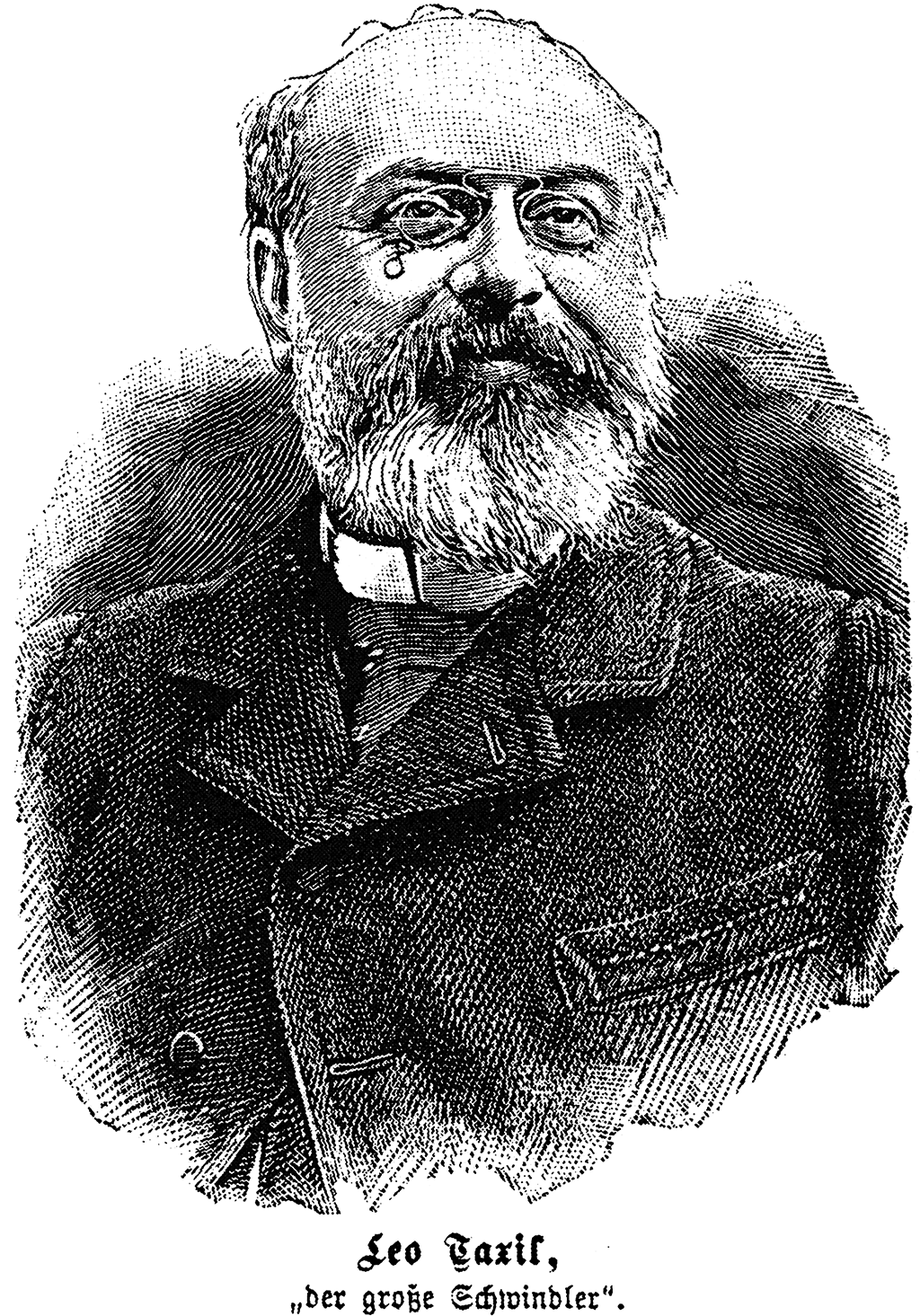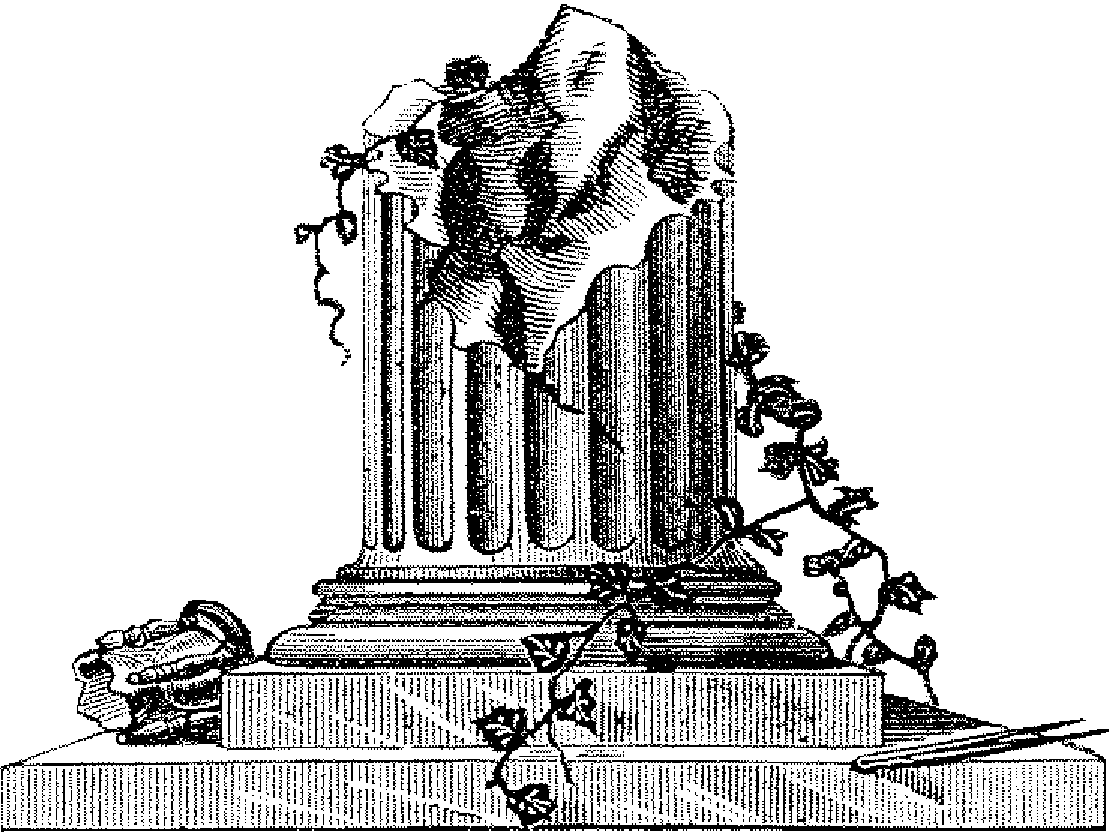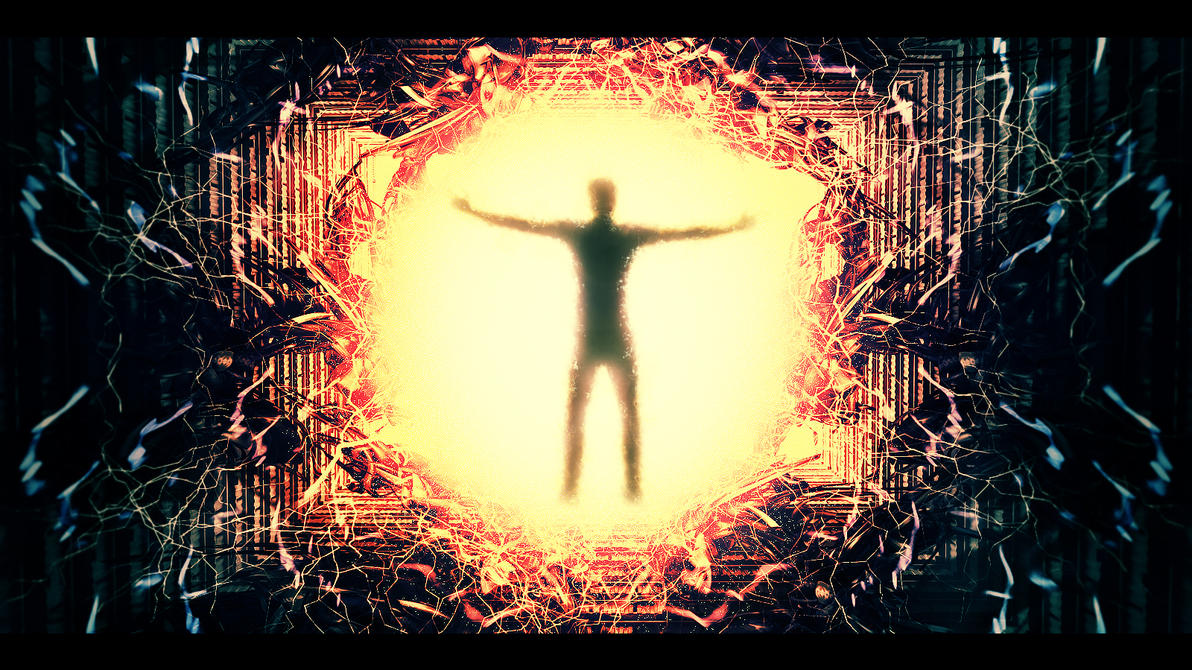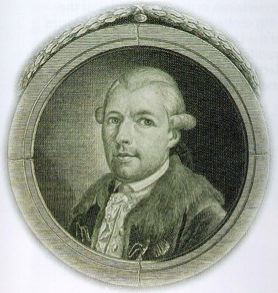 |
| Léo Taxil, ‘The Great Swindler’ |
Most people who’ve spent time on the Internet researching
the Fraternity have run into the claim that Albert Pike, a 19th century
leader in the Scottish Rite and other branches of Freemasonry, was a Satanist—and
that all Masons are as well. This accusation often comes accompanied by an
extended quote from instructions that Pike supposedly sent to Scottish Rite
operatives in Europe, emphasizing that an alleged ‘Luciferian doctrine’ was the
core of “Palladian Freemasonry,” the truly secret society that, it was claimed,
was hidden within the Fraternity. This quote is usually given as follows:
That which we must say to the crowd is—We worship a God, but it
is the God that one adores without superstition.
To you, Sovereign Grand Inspectors General, we say this, that
you may repeat it to the Brethren of the 32nd, 31st and 30th degrees—The
Masonic religion should be, by all of us initiates of the high degrees,
maintained in the purity of the Luciferian doctrine.
If Lucifer were not God, would Adonay (The God of the
Christians) whose deeds prove his cruelty, perfidy, and hatred of man,
barbarism and repulsion for science, would Adonay and his priests, calumniate
him?
Yes, Lucifer is God, and unfortunately Adonay is also God. For
the eternal law is that there is no light without shade, no beauty without
ugliness, no white without black, for the absolute can only exist as two Gods:
darkness being necessary to light to serve as its foil as the pedestal is
necessary to the statue, and the brake to the locomotive.
In analogical and universal dynamics one can only lean on that
which will resist. Thus the universe is balanced by two forces which maintain
its equilibrium: the force of attraction and that of repulsion. These two
forces exist in physics, philosophy and religion. And the scientific reality of
the divine dualism is demonstrated by the phenomena of polarity and by the universal
law of sympathies and antipathies. That is why the intelligent disciples of
Zoroaster, as well as, after them, the Gnostics, the Manicheans and the
Templars have admitted, as the only logical metaphysical conception, the system
of the two divine principles fighting eternally, and one cannot believe the one
inferior in power to the other.
Thus, the doctrine of Satanism is a heresy; and the true and
pure philosophic religion is the belief in Lucifer, the equal of Adonay; but
Lucifer, God of Light and God of Good, is struggling for humanity against
Adonay, the God of Darkness and Evil.
Could it get any more damning (literally!) than this? Albert
Pike, revered as the leader of the Scottish Rite, saying things like “Lucifer
is God”? Saying that “the Masonic religion” is based on “Luciferian doctrine”?
This passage is reproduced on hundreds of websites, as evidence that
Freemasonry is Satanism, whether the poor Masons know it or not.
But it is all a
forgery.
Although the passage is sometimes ignorantly cited on
websites as if it were in Pike’s real-life masterpiece, Morals and Dogma, the quotation comes from another source entirely.
The passage, as I quoted it above, is from pages 220-221 of the 1933 book Occult Theocrasy, by Edith Starr Miller,
Lady Queenborough; the book is a classic example of the wild and wooly sector
of conspiracy theories, full of anti-Masonry and anti-Semitism, to boot. Miller
stated that this was her translation from a French book by noted anti-Mason,
the journalist Abel Clarin de la Rive, La
Femme et l’Enfant dans la Franc-Maçonnerie Universelle [in English: Woman and Child in Universal Freemasonry],
published in 1894. I own a copy of de la Rive’s book, and I can testify that
this passage occurs therein. But the question has long been asked, what exactly
was de la Rive quoting?
I have just identified the ultimate source for the ‘Luciferian
doctrine’ passage. It is the 1891 book, L'Existence des loges de femmes affirmée par
Mgr Fava, évêque de Grenoble, et par Léo Taxil [trans.: The Existence of the Lodges of Women
Affirmed by Monsignor Fava, Bishop of Grenoble, and by Léo Taxil]. The book
is supposedly edited by ‘Adolphe Ricoux,’ just another pseudonym for Taxil.
Below, I show the title page of the book, and the pages (pp. 93-95) on which
the ‘Luciferian doctrine’ passage occurs. (Click on the images to see them larger.)
 |
| Title Page, The Existence of Lodges of Women Affirmed ... by Léo Taxil. |
 |
| The fourth and fifth paragraphs start the quote given by Miller, "That which we must say to the crowd is ..." |
 |
| The third and fourth paragraphs continue the quote by Miller: "If Lucifer were not God ..." |
 |
| From the top of the page through "ALBERT PIKE, 33°" concludes the quote given by Miller. |
In 1897,
Taxil publicly confessed to a roomful of journalists that
he had pulled off an immense anti-Masonic and anti-Catholic hoax over the
preceding two years, during which he published thousands of pages about the
supposed orgies held under the auspices of the entirely fictitious Palladian
Freemasonry. During his confession, he specifically stated that he himself had
written Pike’s supposed instructions—although Taxil did not specify where he
had published them, if indeed they had been published at all. This discovery of
Taxil’s now quite rare book proves definitively that Taxil had indeed written the
instructions about ‘Luciferian doctrine,’ and where he published them.
Why This Matters
Why does any of this matter? As it happens, some elements of
the anti-Masonic community have disputed the idea that Taxil was the actual
author of the instructions about the Luciferian doctrine. As the highly
anti-Masonic website
Freemasonry Watch
(“Help us take a bit out of Freemasonry”)
stated, in reference to the Luciferian doctrine passage quoted in
Miller’s book:
NOWHERE in ANY of Freemason Taxil’s writings does the [Luciferian
doctrine] quotation appear, in whole OR part. If it did believe us the
Freemasons would have the Taxil writing which included it plastered from one
end of the Net to the other. We challenge the Freemasons to produce ANY
document written by the anti-clerical Freemason Gabriel Jogand (Leo Taxil) that
includes the [Luciferian doctrine] quotation!
Well then: So much for that. With this discovery, we now have the Luciferian
doctrine quotation firmly placed within the published writings of Léo Taxil. That should put
this issue to rest permanently.
(Note to Freemasonry
Watch: This Freemason has taken up your challenge—and met it. I now
challenge you to retract your statement as I have quoted it above, and to state that the Luciferian
doctrine instructions have been clearly tied to Taxil.)
Coda: Why So Long?
One might ask, why has it taken so long to pin this tail on
Taxil’s donkey? Such are the vagaries of books and their audiences. de la Rive’s
735-page doorstop of a book, in all its sensationalistic detail, apparently made
its way into the hands of more readers, such as Miller. Perhaps the book’s
lurid cover had something to do with it.
 |
| Cover of de la Rive's Woman and Child in Universal Freemasonry. |
How could a publisher beat that cover for sensationalism? Baphomet pushing the lovely “Eve”
through the Masonic pillars, almost onto the tell-tale mosaic pavement of the Lodge, Eve dressed in a blasphemous parody of a Masonic apron displaying “L”
for Lucifer. The triangle at the top of the cover proclaims Freemasons as “Forerunners
of the Antichrist.” The scrolls on the pillars Jachin and Boaz promise stories
of Lodges of Adoption (that is, Lodges for women) and “Luciferian Triangles,” and
juxtapose stories implying conjugal relations with stories about Masonic
funeral parlors. So: Religion, secret societies within secret societies, sex, and death. When it comes to selling books, it
simply doesn’t get better than that combination. (Is that Dan Brown chuckling that I hear?) Whatever they paid the artist
for the cover illustration, it wasn’t enough.
They must have sold so many copies that it’s no surprise it
came to the attention of Miller in England, or that enough copies were floating
around that, in our day, it’s been made
available online.
In turn, Miller’s Occult
Theocrasy brought de la Rive’s quote from Taxil to the English-speaking
world, where it has been a staple of the fringe area of the conspiracy community
for over 80 years.
Taxil’s original book, on the other hand, is just over 100
pages in length—called “a pamphlet” by
A. E. Waite—and has the most boring cover possible.
 |
| Cover of The Existence of Lodges of Women ... by Léo Taxil. |
My guess is that this book sold relatively poorly. This may
account for its rarity; on WorldCat, an online catalog of the world’s libraries, I was
only able to find two copies in the entire Western hemisphere. (Just to make it
available to scholars, I plan to issue a reprint edition through my Masonic
publishing company,
Free-Masonic Media. “Like” us on Facebook to receive a notice of its
publication.)
Conclusion
This discovery glues the origin of the Luciferian doctrine myth
quite firmly to Léo Taxil himself. This myth—a libel on all Freemasons,
actually—is very much alive today. I have some suggestions for what we as
Masons might do about that, which I make in a manuscript currently under
consideration at a major Masonic publication. (Watch this blog for an
announcement of my article’s publication, wherever that might be.) In the meantime,
please feel free to share this blog post with people who still labor under the
burden of ignorance when it comes to the false claim that Masons are Satanists.
- - -
I invite you to become a “follower” of this blog through the
box in the upper-right hand corner. I also invite you to subscribe to the RSS
feed for this blog.
Visit the page for “That Freemason Mark” on
Facebook.
Visit Mark
Koltko-Rivera’s
website.
[The
image of Léo Taxil originally appeared on
the front page of the French newspaper
Le
Frondeur, issue of April 25, 1897, which reported Taxil’s confession. The image
was later reproduced in a German publication, whence it made its way into
Wikipedia Commons. It is in the public domain.]
(Copyright 2015 Mark E. Koltko-Rivera. All Rights
Reserved.)

















